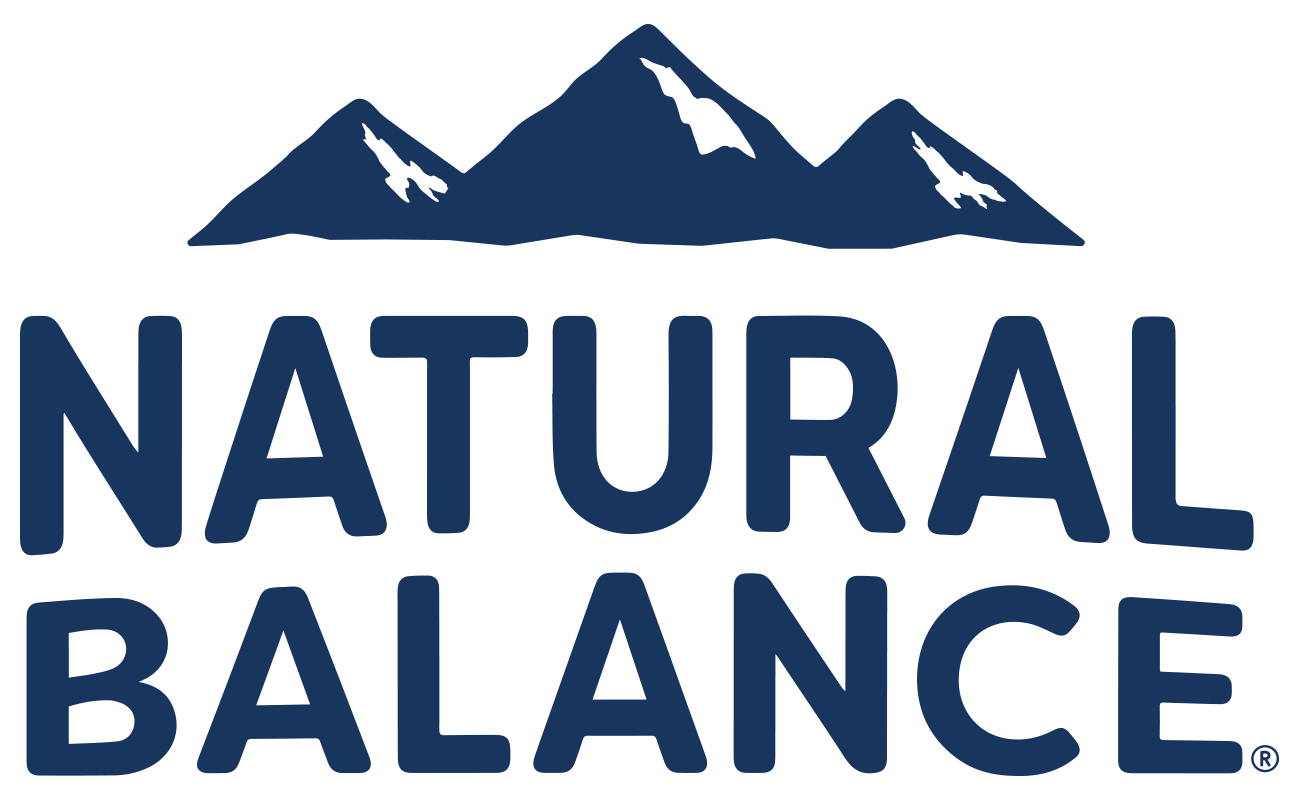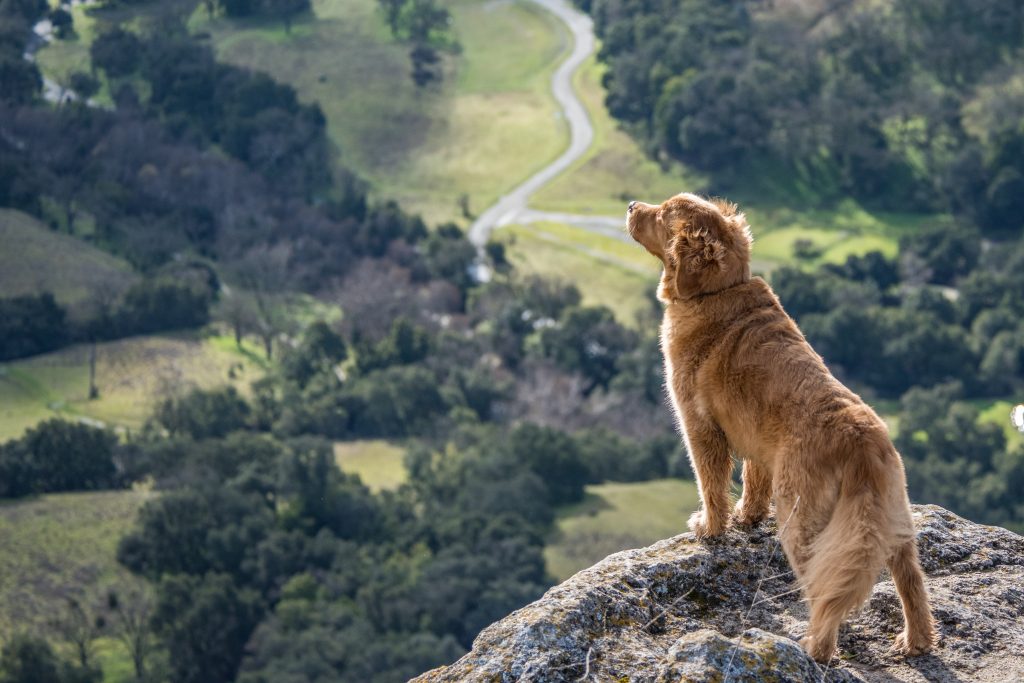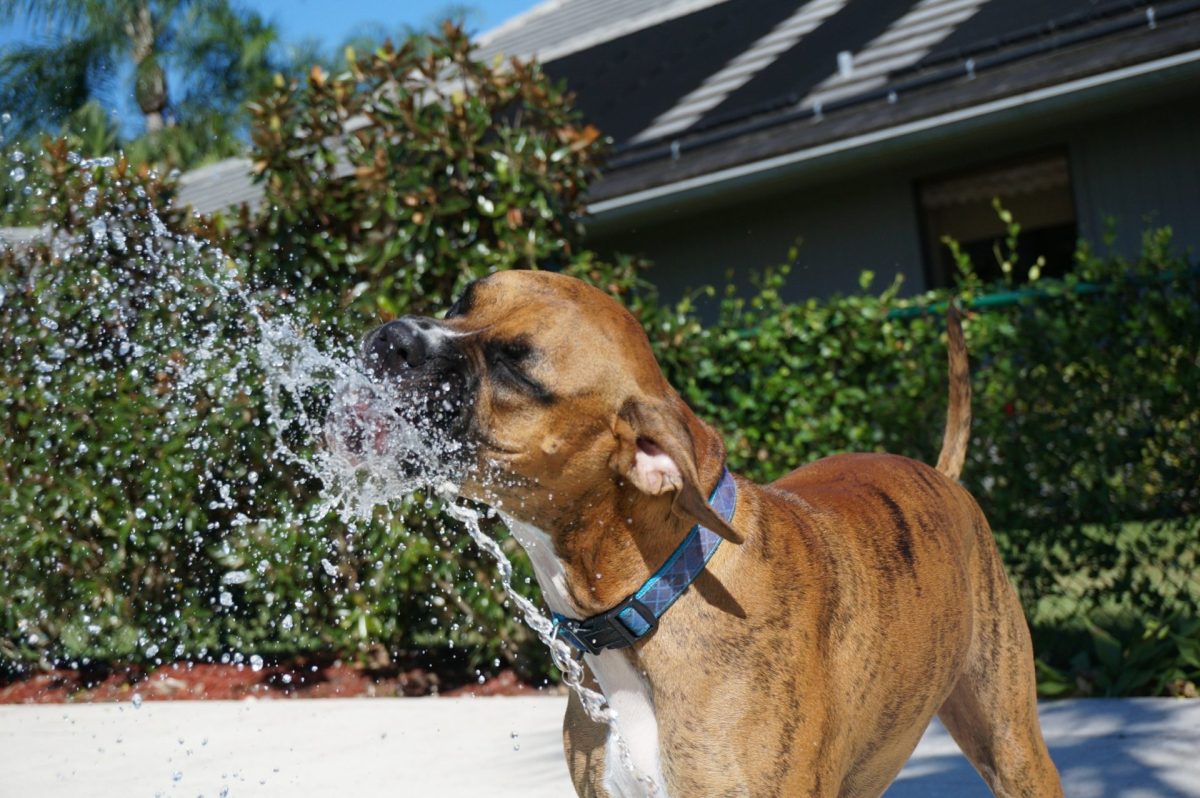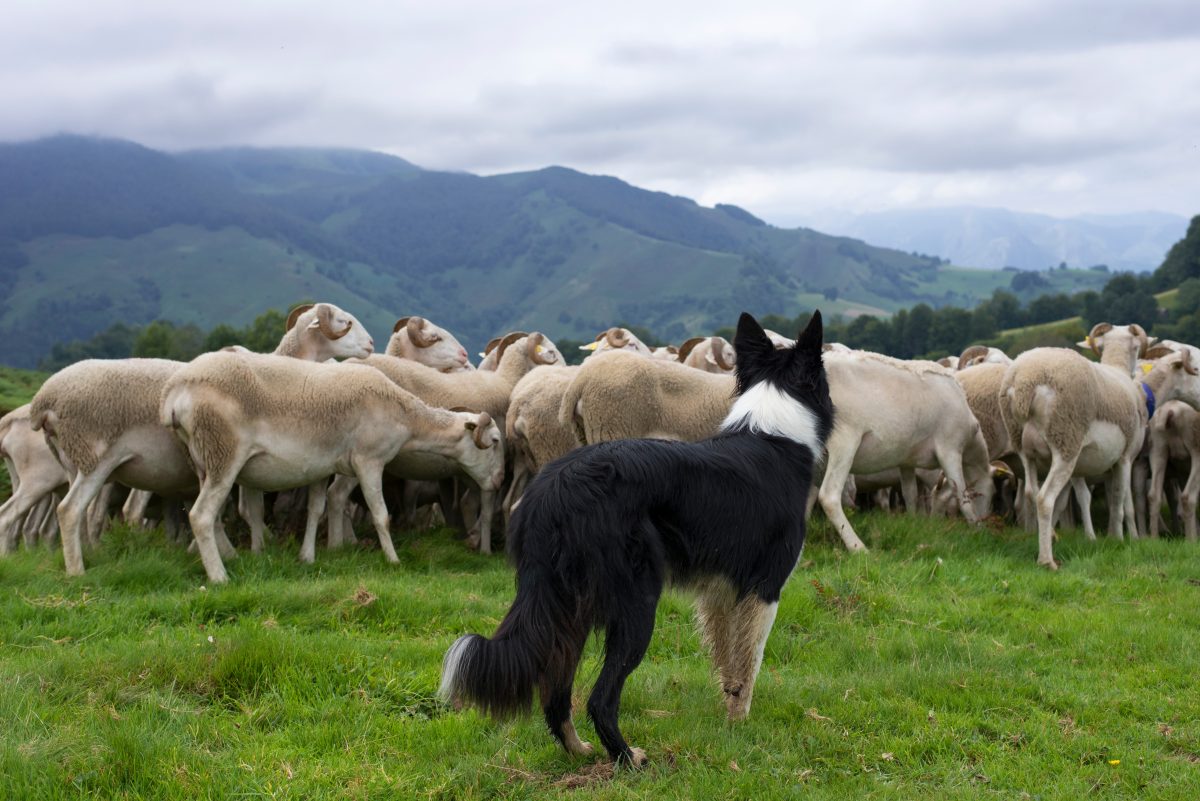It’s beautiful outside and adventure awaits! It’s time to get outside and enjoy the sunshine with our furry friends. However, with all the excitement of exploring new places and embarking on adventures, it can be easy to forget about the importance of maintaining our pet’s nutrition, hydration and overall wellbeing. Let’s review some best practices around feeding and caring for your pets when on-the-go.
Adventure Safety
We love to bring our pets with us wherever we go, and bringing them on our adventures can be a great way to bond with our four-legged family members, but we also need to consider their safety. To ensure your pet’s wellbeing, follow these steps:
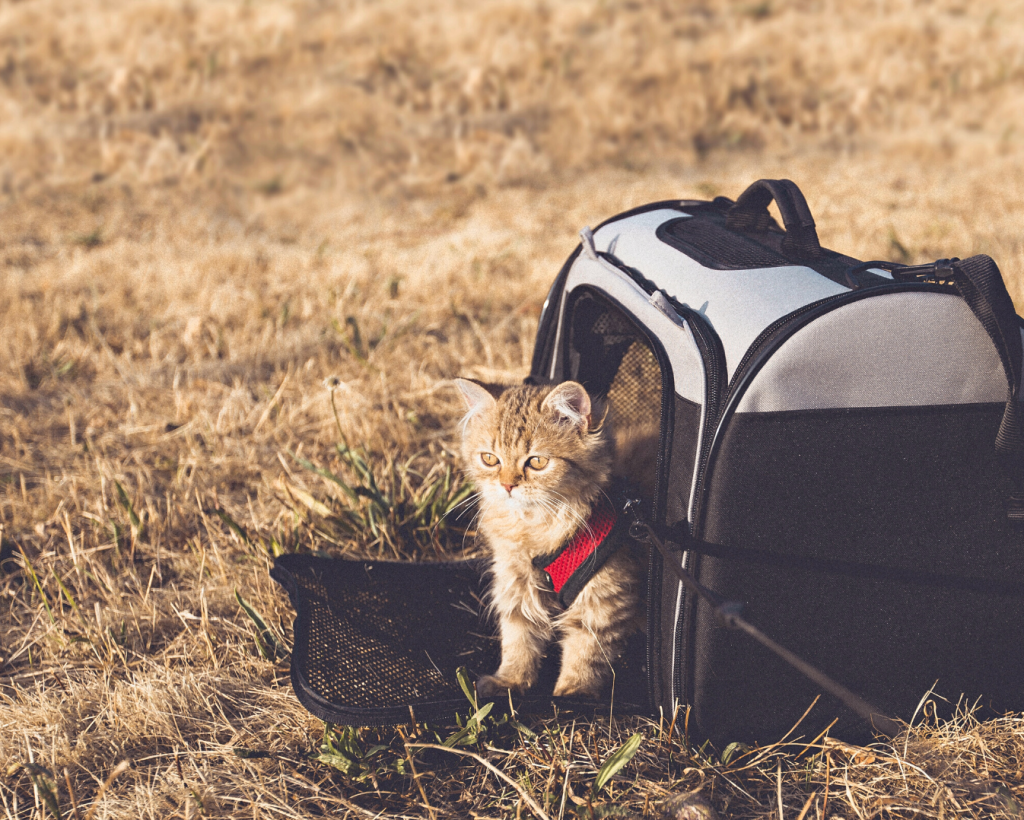
- First and foremost, if during your adventures (traveling, hiking, camping…etc.) your pet is showing symptoms of illness, dehydration, discomfort, or any other concerning signs, bring them to the nearest animal hospital immediately.
- Before bringing your pets to public spaces, be sure your furry friends are fully vaccinated. This will help prevent the spread of potential illness to and/or from your pet.
- If you plan to embark on an outdoor adventure with your pet, consult your pet’s veterinarian to see if they suggest using preventative treatments to ward off things like ticks and fleas.
- No matter the location (sidewalk or rocky hiking trail), pay special attention to the surfaces that your pet walks on – rocks, asphalt, cement…etc. Note the roughness of the surfaces as well as the temperature to avoid injury to your pet’s paws.
- When traveling in vehicles with your pets, be sure your fluffy (or not-so-fluffy) pals have proper restraints. Secured crates and proper use of seatbelts and harnesses can help prevent injury in the case of rough rides and collisions.
Additionally, it is always safest for your pet to keep their heads in the vehicle with the windows closed. However, if you wish to allow your pets to look our open windows, the use of goggles is recommended. - Pack a first aid kit. First aid kits are helpful for minor bumps and scrapes.
Hiking and Camping with Furry Companions
When it comes to hiking and camping with your furry friend, it’s important to plan ahead and make sure you have everything you need to keep them healthy and happy. Here are some best practices to keep in mind:
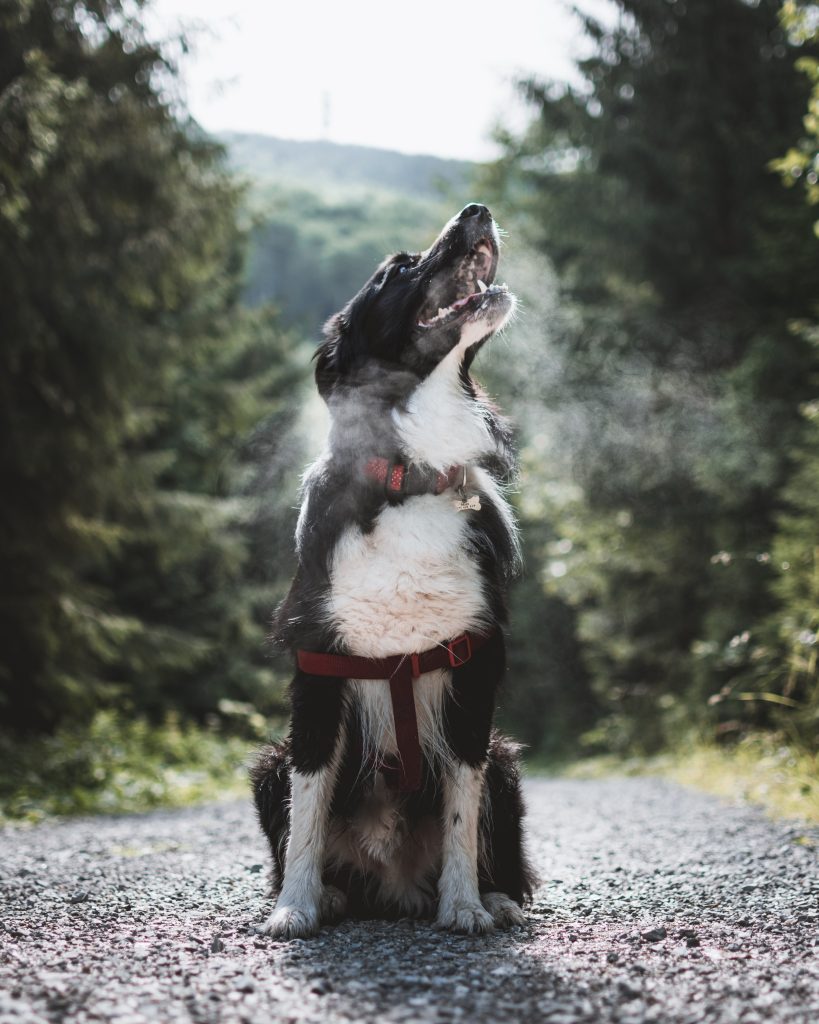
How often should a dog be given food and water during a day-long hike?
It’s essential to bring plenty of water and a portable bowl for your furry friend to drink from. On a hot day or longer hike, it’s best to offer water every 20-30 minutes.
Always ensure your dog is getting the necessary nutrition. When camping or overnighting while traveling, feeding your pet can be made easy by bringing contained, portable wet foods and packaged dry foods. It’s also a good idea to always pack quick and easy, on-the-go snacks to offer your dog when you stop for your own snacks.
Does a dog need more rest than a pet parent does?
Dogs can overheat quickly, and they need to rest more frequently than humans. Plan for rest stops every hour or so and allow your pup to rest in the shade. Keep an eye on your pet’s behavior and look for signs of exhaustion or overheating, such as heavy panting, drooling, or lethargy. Always pay special attention to your dog’s cues. Slowing pace, sitting, trying to lie down, these are signs that your pup needs a rest.
What are signs that a dog may need food, water, or a rest break?
Signs of dehydration include dry gums, sunken eyes, lethargy, and reduced skin elasticity. To avoid reaching that point, give your pets water regularly. A good tip is to touch your dog’s nose — if it’s dry it can be a good time to take a water break. Always bring plenty of water and snacks for your pet and pay attention to their behavior to know when it’s time for a break.
Plan for rest stops every hour or so and allow your pup to rest in the shade.
On-the-go Adventures with Furry Friends
Traveling with pets can be a fun adventure, but it requires a little extra planning and preparation. Here are some best practices to keep in mind:
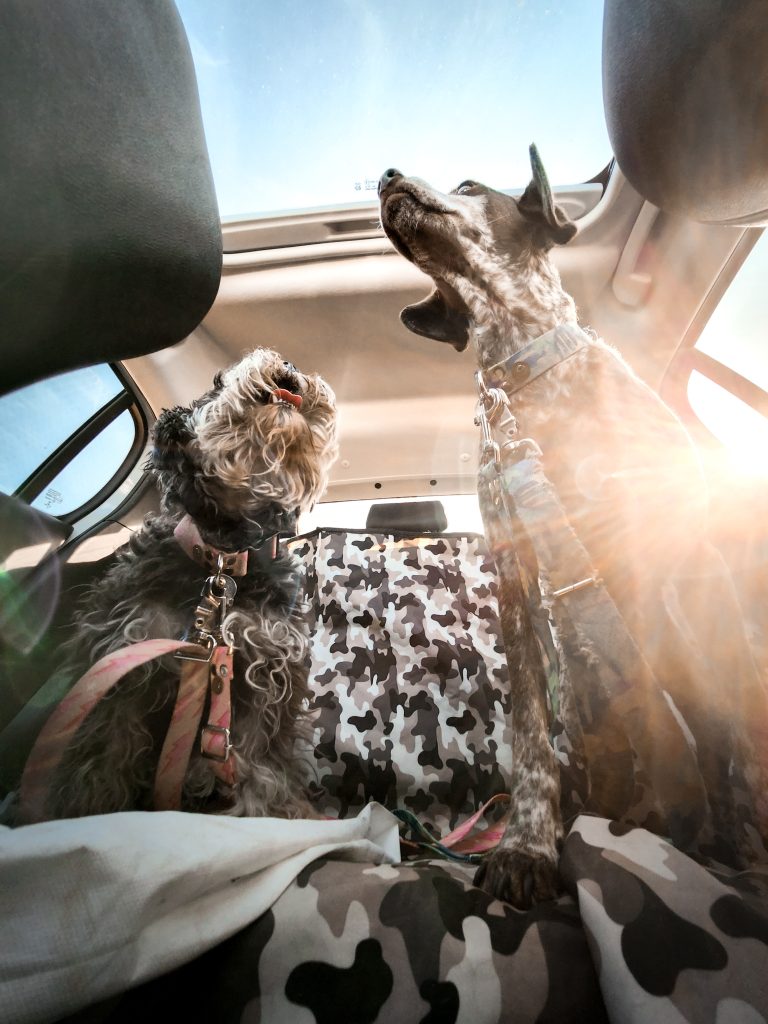
Road trips with pets
Make sure your pet is up-to-date with their vaccinations, pack their favorite toys and bedding, and bring plenty of food and water for the trip.
Dogs and cats should be allowed to stretch their legs and use the bathroom every two to three hours, if possible. It can be a good idea to plan ahead and look for pet-friendly rest stops along your route. However, as different states and locations have varying leash laws, always stay on the safe side and make sure your pet doesn’t go outside your car without a leash and collar!
It’s important to never leave your pet unattended inside a parked vehicle. During hot weather, even if the windows are open, a parked car can rapidly turn into a sweltering environment. Likewise, in cold weather, a vehicle can turn into a refrigerator, trapping in the cold. Both scenarios can lead to death.
Flying with your pets
When flying with your pet, make sure to research the airline’s pet policies and requirements. Most airlines require a health certificate and may have restrictions on the type and size of pet carriers allowed. Additionally, research your destination’s rules and laws around bringing pets into that specific territory. Sometimes certain vaccinations are required.
Some pets may experience anxiety when traveling in a car or plane. Consider consulting with your veterinarian about medication or calming products that can help ease your pet’s anxiety.
Dogs and Park Adventures
Visiting public and shared outdoor spaces with your dog can be a fun way to get some exercise and socialize your pup. However, it’s important to follow some best practices to ensure everyone’s safety and enjoyment.
What are best practices when hiking in state and national parks?
Always check ahead of time to see if dogs are allowed on the trails you want to visit as not all parks and trails allow dogs. All dogs need to be on a leash at all times in National Parks — this protects the environment and wildlife and can also protect your pets from the wildlife. Make sure to bag any waste!
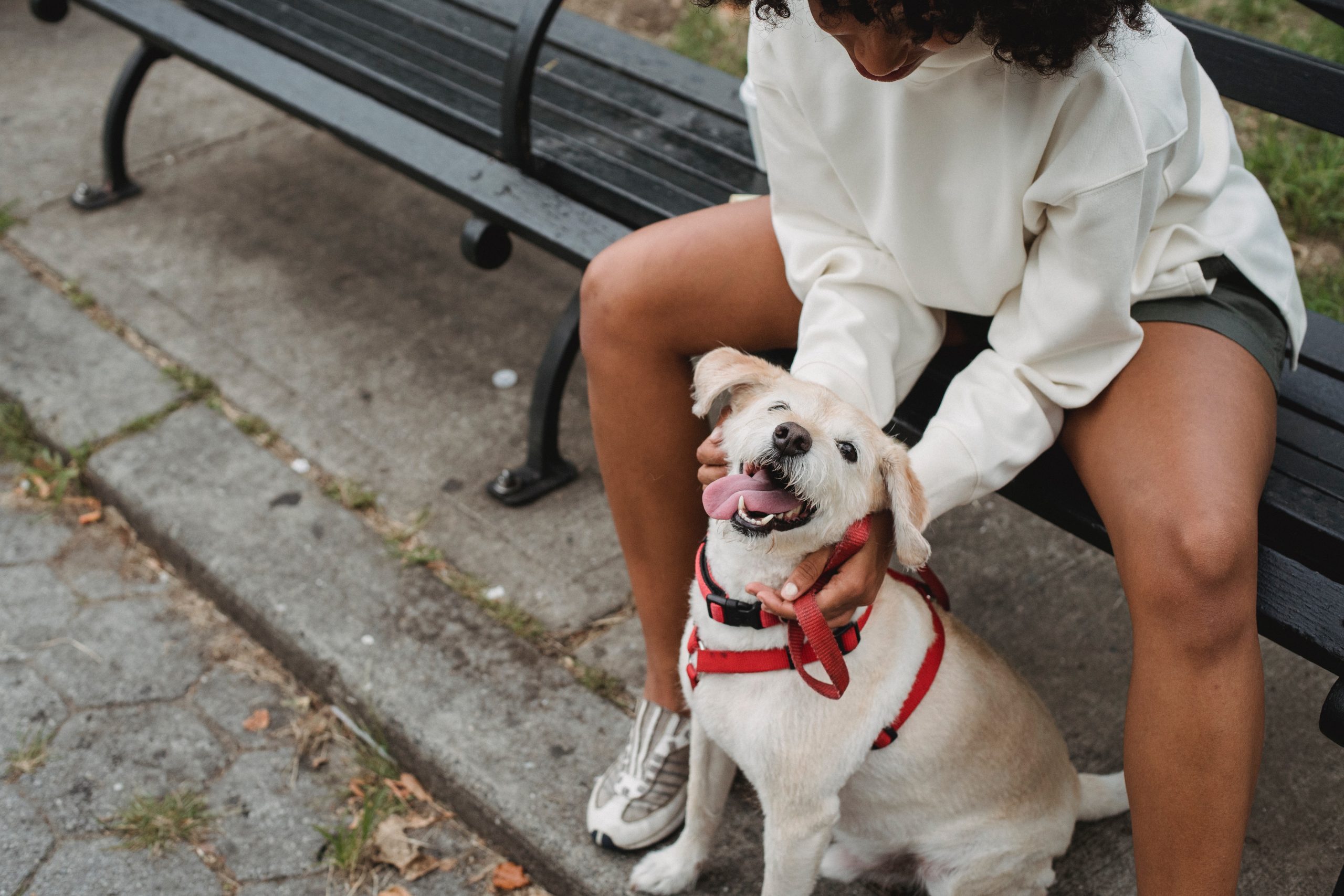
What about when visiting public parks?
Always keep your dog on a leash and clean up after them. Respect other park-goers and make sure your furry friend is on their best behavior! Try to avoid causing any disruptions or safety concerns.
And dog parks?
Dog parks can be a great way for your pup to socialize and burn off some energy. However, it’s important to keep a close eye on your pet and make sure they are behaving appropriately. As always, be sure to clean up and dispose of any waste properly.
Always keep your dog on a leash and clean up after them.
Adventure Awaits!
Adventures with our pets can be an exciting and enjoyable experience. Though, it’s important to remember to prioritize their nutrition, hydration, and safety. We hope that both you and your furry friends have a fun and safe time exploring the great outdoors!
If you have questions, click here to connect with our Customer Care team – a team made up entirely of Registered Veterinary Technicians who are ready to help you!
Natural Balance does not have any partnership with the sources cited in this blog.

